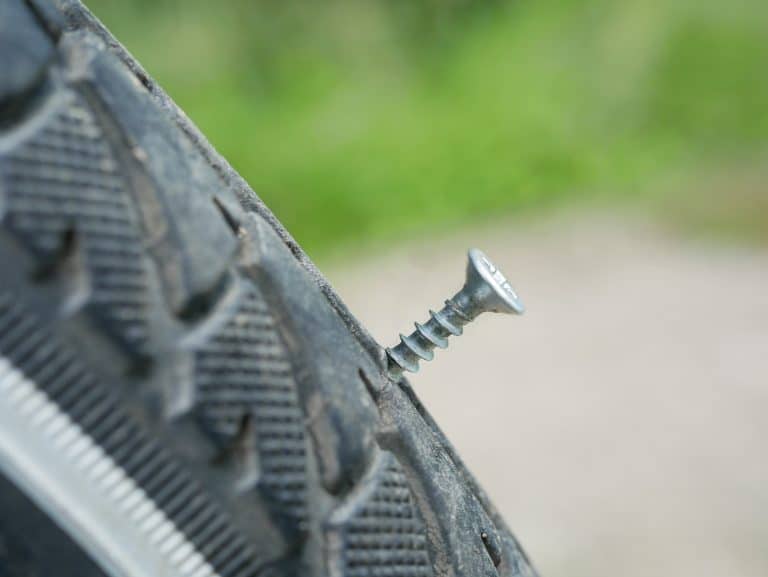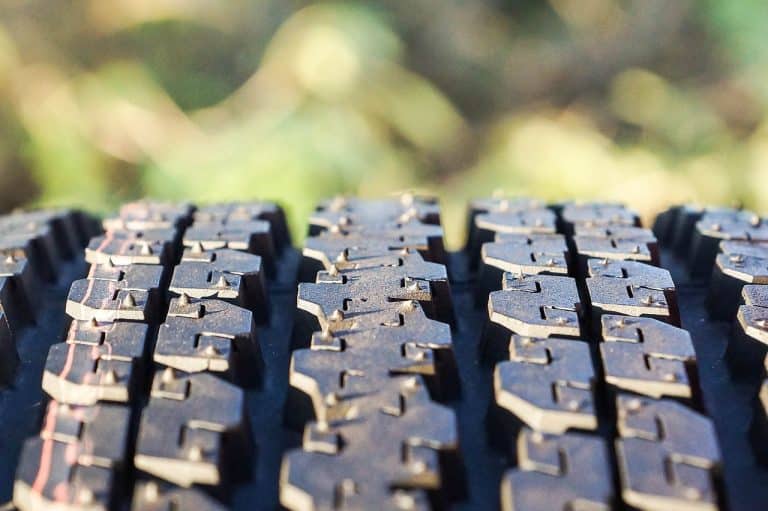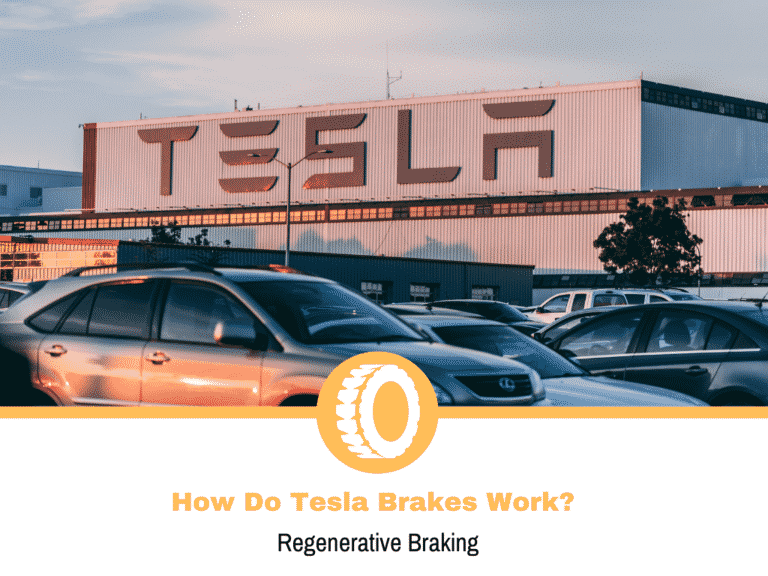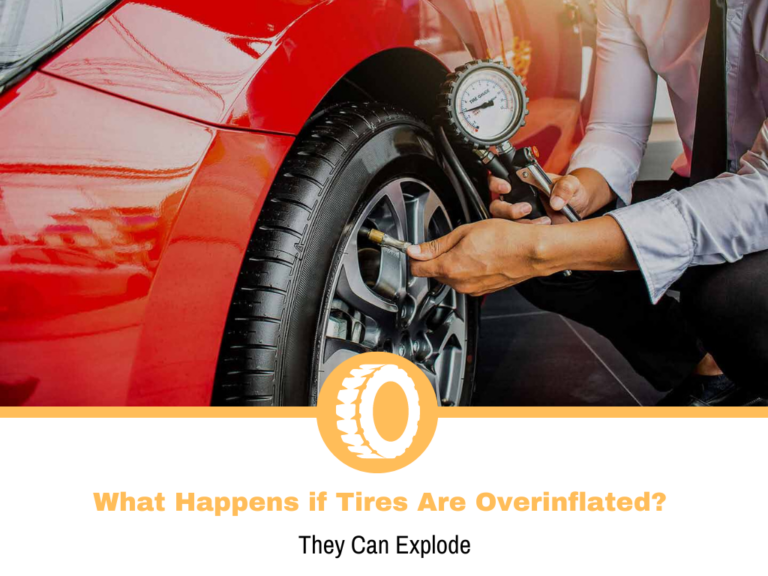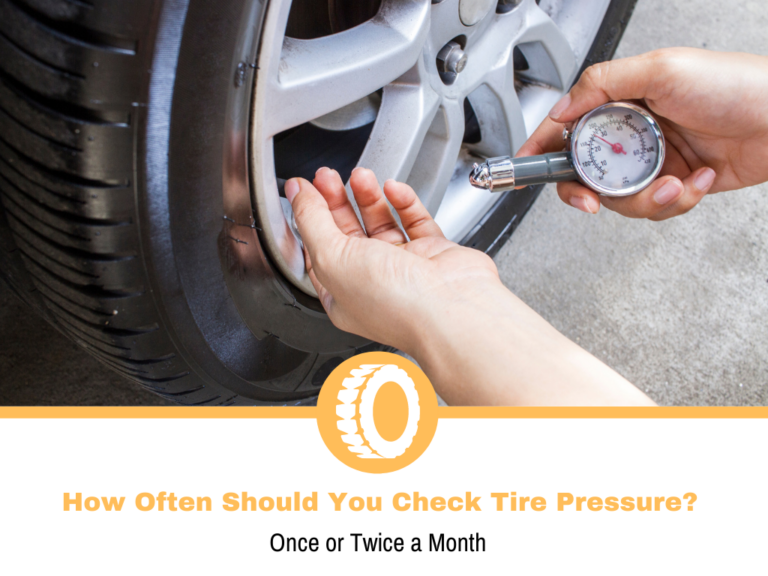4 Ply Vs 10 Ply Tires
Tire ply rating is a term associated with the strength and load capacity of a tire. Back in the day when tires were constructed out of cotton layers or plies, the term tire ply was directly referring to the number of cotton layers a specific tire has, but nowadays tire ply is more commonly known as tire load range.
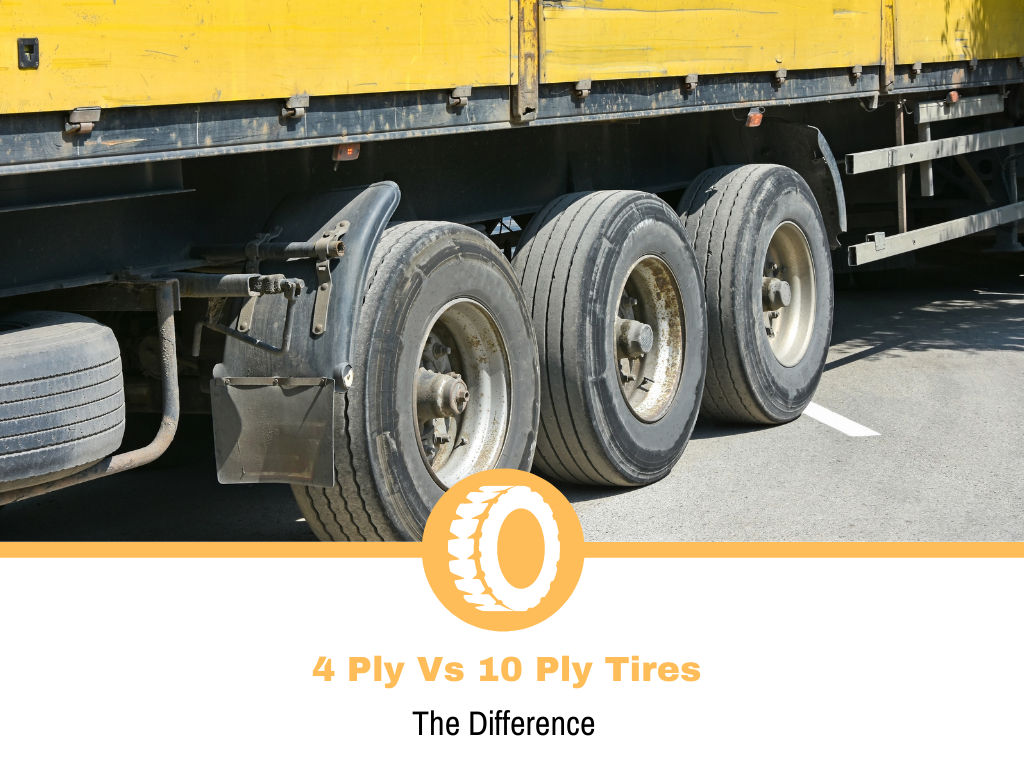
Modern-day tires are different because nowadays there are different ways how one can make a tire stronger without adding additional layers on top of the tire. As such, a specific ply rating such as 4-ply or 10-ply is mostly associated with standard tires vs heavy load or off-road tires.
What Is The Difference Between 4 Ply And 10 Ply Tires?
A specific tire load rating refers to how much load a tire can carry at a particular pressure. A 4-ply tire is now referred to as a B load range tire because the maximum air pressure it can take is 35 PSI (240 kPa) while a 10-ply or E load range tire can take a maximum pressure of 80 PSI (550 kPa).
This means that a 4-ply tire is your standard run-of-the-mill passenger car tire that is designed for lightweight vehicles which are not intended for hauling or towing purposes. On the other hand, a 10-ply tire is also commonly referred to as a “Reinforced or Extra Load” tire because it is designed for hauling, towing, or off-road use.
How Does Ply-Rating Correspond To Load Range?
In essence, load range rating replaced ply range rating because ply-range ratings are now irrelevant thanks to modern advancements in tire technology. In order not to be confused this is how a specific ply-rating corresponds to a specific load range:
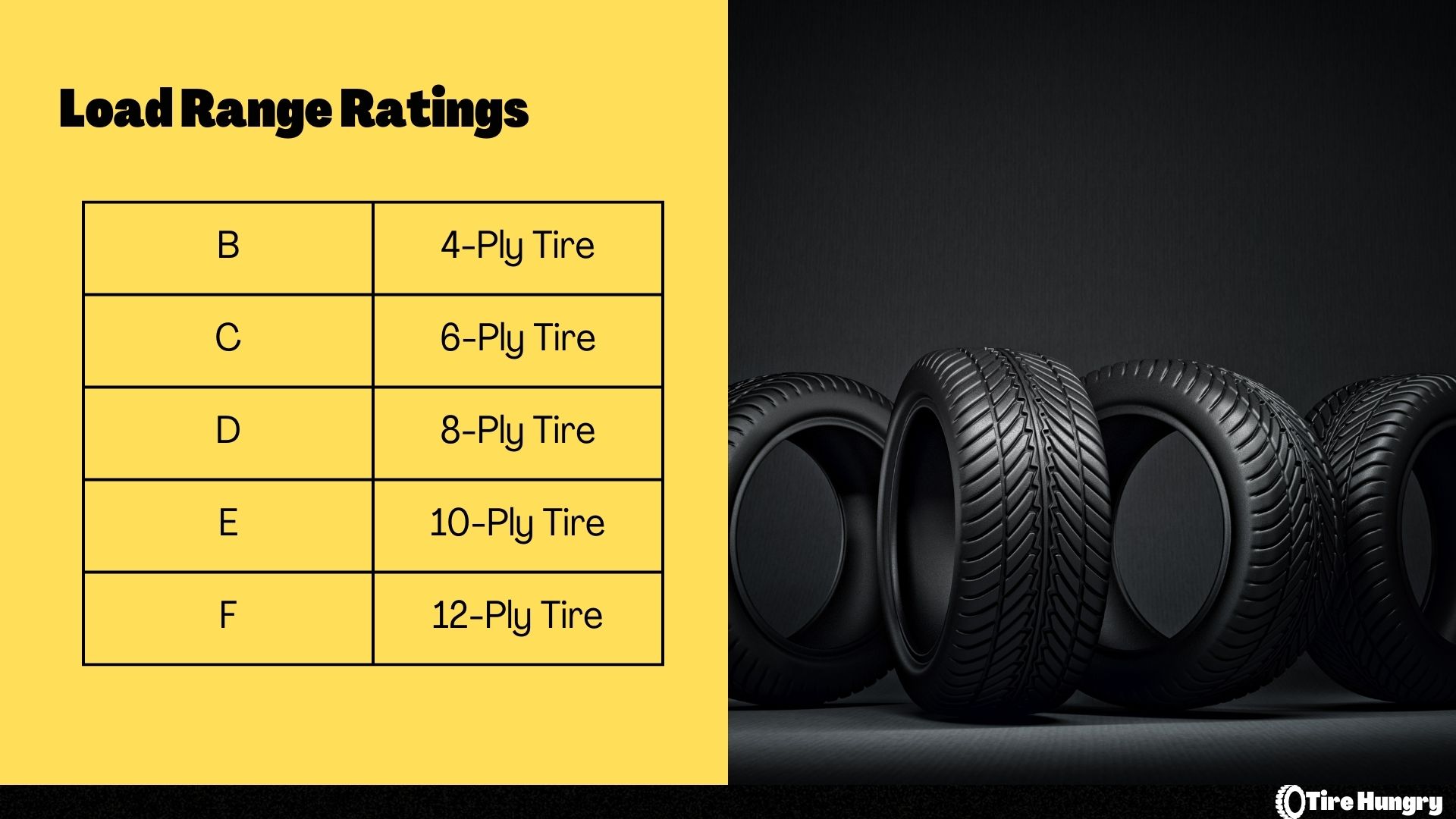
What Are The Benefits Of 4-Ply Or B-Load Range Tires?
- They are cheaper
- They are more comfortable
- Better fuel economy
- Better grip levels
- Less road noise
- Better overall performance
As previously stated, a 4-ply or a B-load range tire is not as strong nor durable as a 10-ply or an E-load range tire. However, this is not inherently a bad thing because 4-ply tires are made for different purposes and are better than 10-ply tires when it comes to comfort and price.
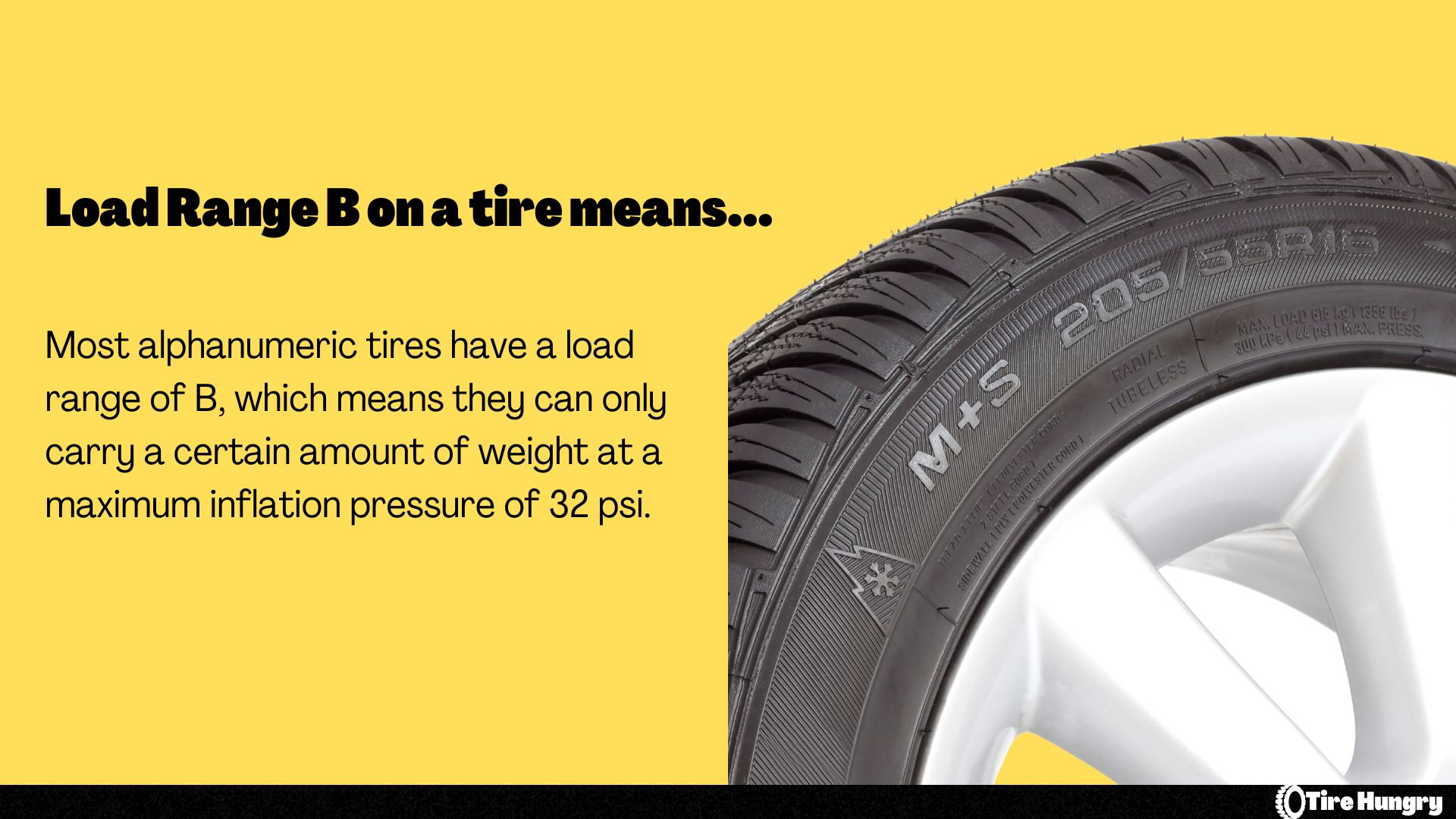
4-ply tires offer a lower rolling resistance which means that they should also contribute to better overall fuel efficiency. They are made out of a soft compound that ensures less road noise and better traction, especially in dry and warm conditions. 4-ply tires are significantly lighter which means that the braking distance, ride quality, and overall agility are indeed going to reflect that.
Most passenger vehicles these days come with either 4-ply or sometimes even 6-ply tires because they are a better fit for the purpose. If you primarily use your car in town without ever going off-road, a set of 4-ply tires is what you are after.
What Are The Benefits Of 10-Ply Or E-Load Range Tires?
- They are way beefier
- Better for off-roading purposes
- Less likely to puncture
- Better for hauling
- Better for towing
- Better for construction purposes
10-ply tires are way beefier than 4-ply tires which means that they ought to last a lot longer if used for off-roading, hauling, or towing purposes. 10 ply tires excel when it comes to towing and hauling because they are better able to control the load without swaying at speed. They are designed to stabilize your truck better than lower Ply-rated tires.

10-ply tires are commonly used for heavy-duty trucks or trailers which tend to haul heavy materials on a daily basis. Because 10-ply tires are able to carry more load more often, they are also better when it comes to off-roading, especially for rock-climbing purposes.
They are also less likely to be punctured when compared to 4-ply tires. 10-ply tires also benefit from better sidewall protection which means that they can resist more stress even in everyday urban environments such as when you go over an aggressive pothole or even when you hit a curb.
10-ply tires are also often used on trucks that spend the majority of their lives on a construction site as the added strength and durability these tires offer are perfect for such an environment.
Should 10-Ply Tires Last Longer Than 4-Ply Tires?
It is rather difficult to answer this question directly as many factors contribute to how long a tire can last. Most people believe that a 10-ply tire should last longer than a 4-ply tire in almost every instance, but that is simply not the case.
For example, a 10-ply tire is made for carrying big loads frequently which means that it is way stronger than a standard 4-ply tire, but if you use a 10-ply tire for 4-ply tire purposes, you are wasting your money.
10-ply tires are known to get hotter, especially during the summer which means that they could potentially wear out faster. Many people out there use 10-ply tires that exceed the limits of what their trucks can haul or tow anyway which means that they are indeed wasting money.
No matter the load range a specific tire carries, the most important aspect of making sure your tires last a long time is to rotate them frequently, don’t let them bake in the sun, check the air pressure often and use the right tire for the job.
Conclusion
A 4-ply tire is better for a regular passengers car that is commonly being used on the pavement and rarely ever ventures into the wild and unknown. These tires offer more grip, are cheaper, offer better fuel economy, offer less road noise, and are more sophisticated in everyday situations.
A 10-ply tire is a working man’s tire which means that it’s not necessary to equip your car with 10-ply tires if you are not going to use it for hauling, towing, or off-roading. 10-ply tires are indeed beefier and are way better at construction sites, but they do cost more money and are a lot less refined for regular use.
